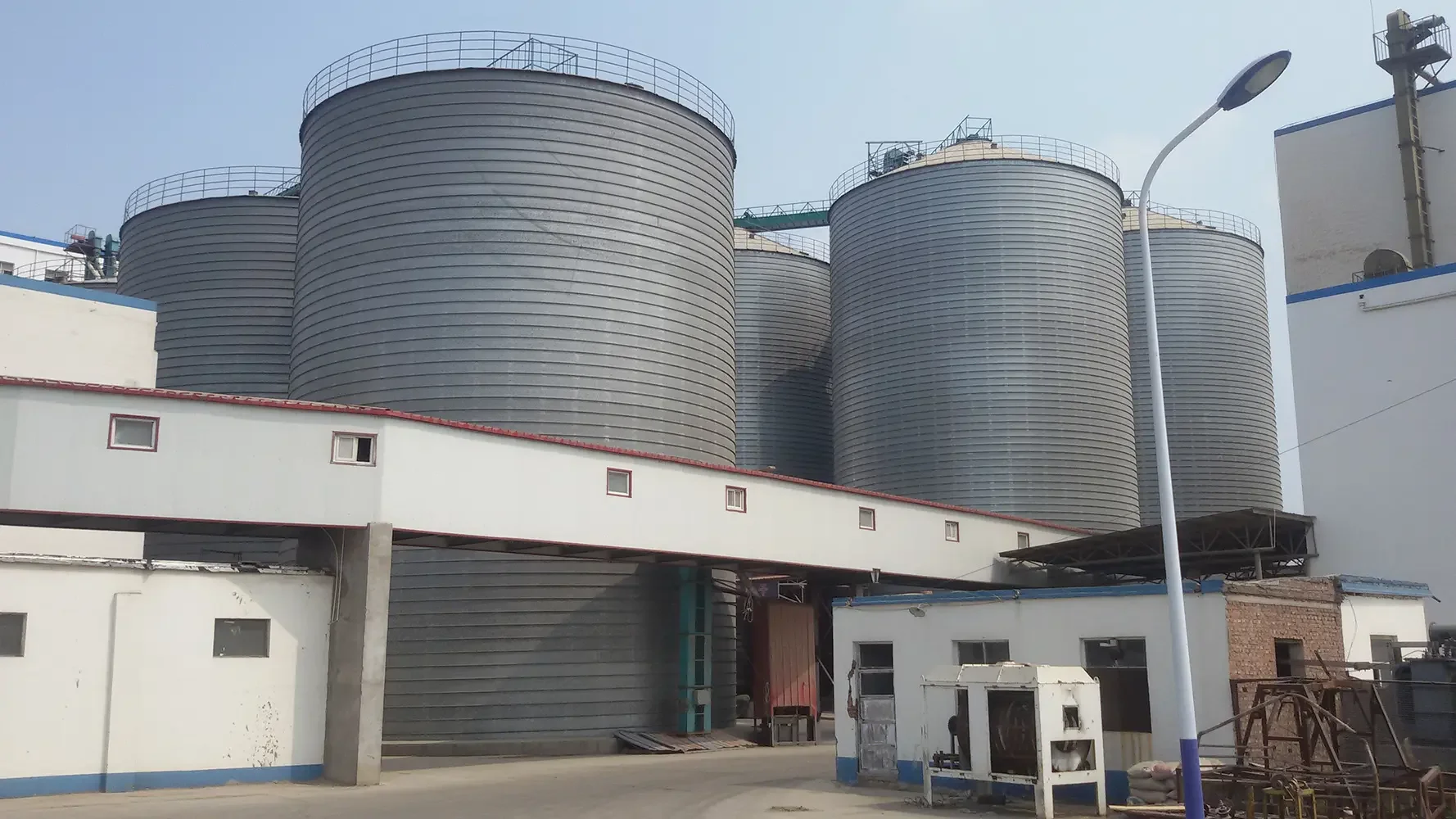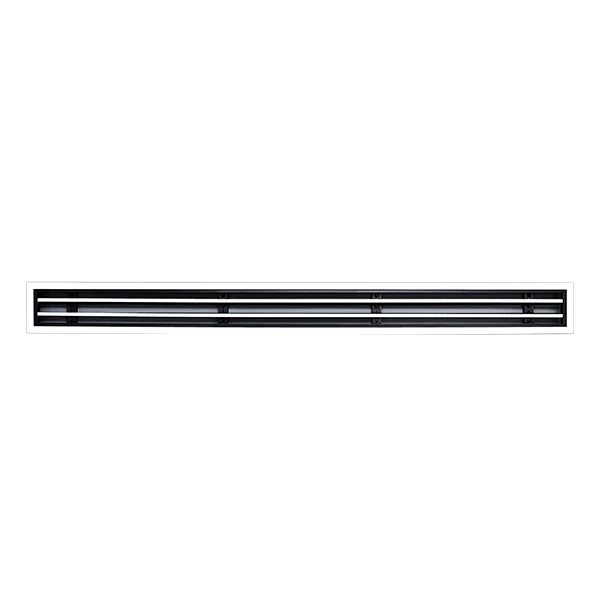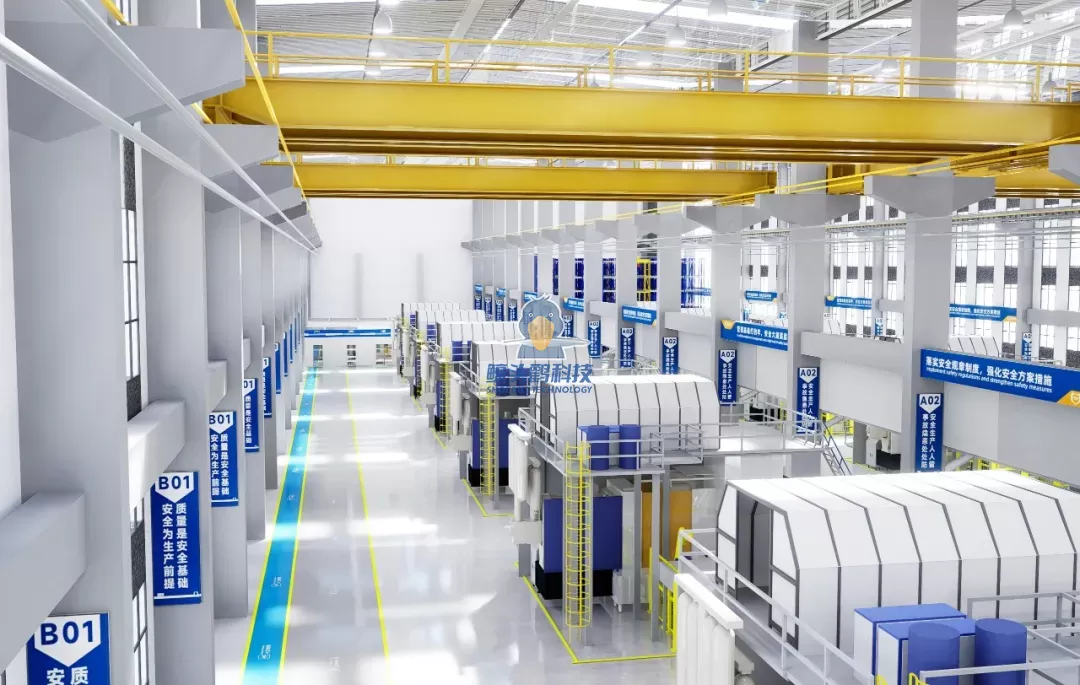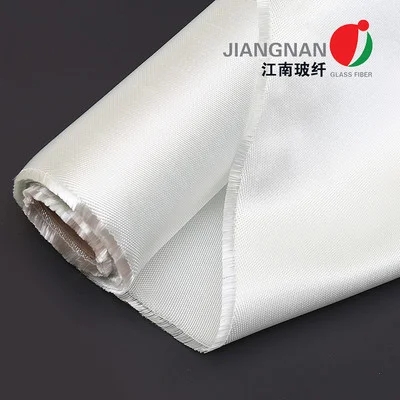When it comes to designing a building's facade, the choice of materials plays a pivotal role in both aesthetics and functionality. Among various materials, wood stands out as a timeless option that offers warmth, versatility, and a unique character. However, not all wood species are created equal, especially when it comes to their performance as facade materials. This article delves into the best wood options for facades, considering factors such as durability, maintenance, sustainability, and aesthetic appeal.
Understanding the Role of Wood in Facade Design
Wood has been a favored material in architecture for centuries, celebrated for its natural beauty and adaptability. In facade design, wood can enhance the visual appeal of a structure, providing a connection to nature and a sense of warmth that other materials may lack. However, the selection of the right wood species is crucial to ensure longevity and performance, especially in varying climatic conditions.
Key Factors to Consider When Choosing Wood for Facades
- Durability and Weather Resistance:
The facade is the first line of defense against the elements. Therefore, selecting a wood species that can withstand moisture, UV radiation, and temperature fluctuations is essential. Woods such as Cedar, Redwood, and Teak are renowned for their natural oils and resins that provide inherent resistance to decay and insect damage. - Maintenance Requirements:
Different wood species require varying levels of maintenance. While some woods may need regular sealing and staining to maintain their appearance and protect against weathering, others can age gracefully with minimal intervention. For instance, Ipe and Cumaru are dense hardwoods that require less maintenance due to their natural resistance to the elements. - Sustainability:
In today's environmentally conscious world, the sustainability of wood sources is a significant consideration. Opting for certified woods, such as those from the Forest Stewardship Council (FSC), ensures that the timber is harvested responsibly. Species like Bamboo and Thermally Modified Wood are excellent sustainable options that offer durability without compromising ecological integrity. - Aesthetic Appeal:
The visual impact of wood on a facade cannot be overstated. Different wood species offer a range of colors, grains, and textures. For a modern look, Ash or Maple can provide a sleek, contemporary finish, while Mahogany and Walnut offer rich hues and intricate grain patterns that evoke a sense of luxury. - Cost Considerations:
Budget is always a factor in material selection. While exotic hardwoods like Teak and Mahogany may offer superior durability and aesthetics, they often come with a higher price tag. On the other hand, domestic species like Pine or Cedar can provide a cost-effective solution without sacrificing too much in terms of performance.
Top Wood Species for Facades
- Cedar: Known for its natural resistance to decay and insects, Cedar is lightweight and easy to work with. Its beautiful grain and warm tones make it a popular choice for residential facades.
- Redwood: Similar to Cedar, Redwood is prized for its durability and aesthetic appeal. Its rich color and resistance to warping make it ideal for outdoor applications.
- Ipe: This South American hardwood is incredibly dense and durable, making it resistant to moisture and pests. Its deep brown color and fine grain create a sophisticated look.
- Teak: Renowned for its beauty and resilience, Teak contains natural oils that protect it from the elements. Its golden-brown hue and smooth finish make it a luxurious choice for high-end projects.
- Thermally Modified Wood: This innovative option involves treating wood with heat to enhance its durability and stability. It offers a sustainable alternative with a rich, dark color and excellent weather resistance.
Conclusion
Choosing the best wood for a facade involves a careful consideration of various factors, including durability, maintenance, sustainability, aesthetics, and cost. By understanding the unique properties of different wood species, architects and builders can make informed decisions that not only enhance the visual appeal of a structure but also ensure its longevity and performance. Whether opting for the classic charm of Cedar or the luxurious allure of Teak, the right wood can transform a facade into a stunning architectural statement.





+ There are no comments
Add yours